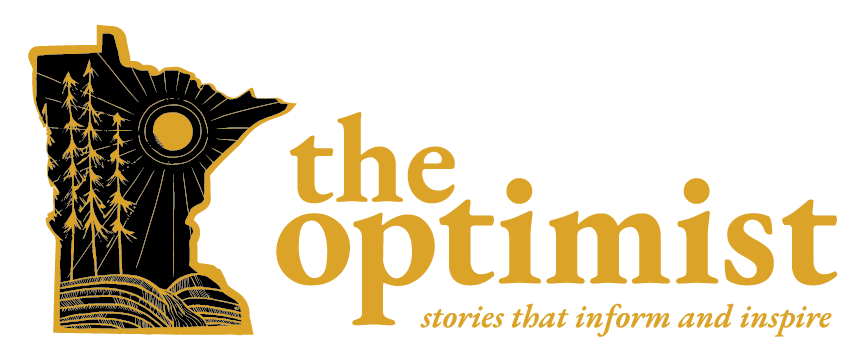The Optimist newsletter is here! Take a photo tour through a Minnesota prairie
See how 60 volunteers can make an impact on precious habitat and biodiversity
See how 60 volunteers can make an impact on precious habitat and biodiversity
Greetings friends! Welcome to The Optimist's new newsletter format!
We've got a new logo, new email system and an original photo essay on prairie restoration.
Check it out and please share your opinions in the survey linked below. We aim to please!
How a small church prairie helps habitat and biodiversity in the middle of Minnesota
'15 acres in the grand scheme can be quite a bit,' says Wildlife Habitat Specialist Ryan Rothstein with the Stearns County Soil and Water Conservation District.
Photos by Shannon Rathmanner
Text by Nora G. Hertel
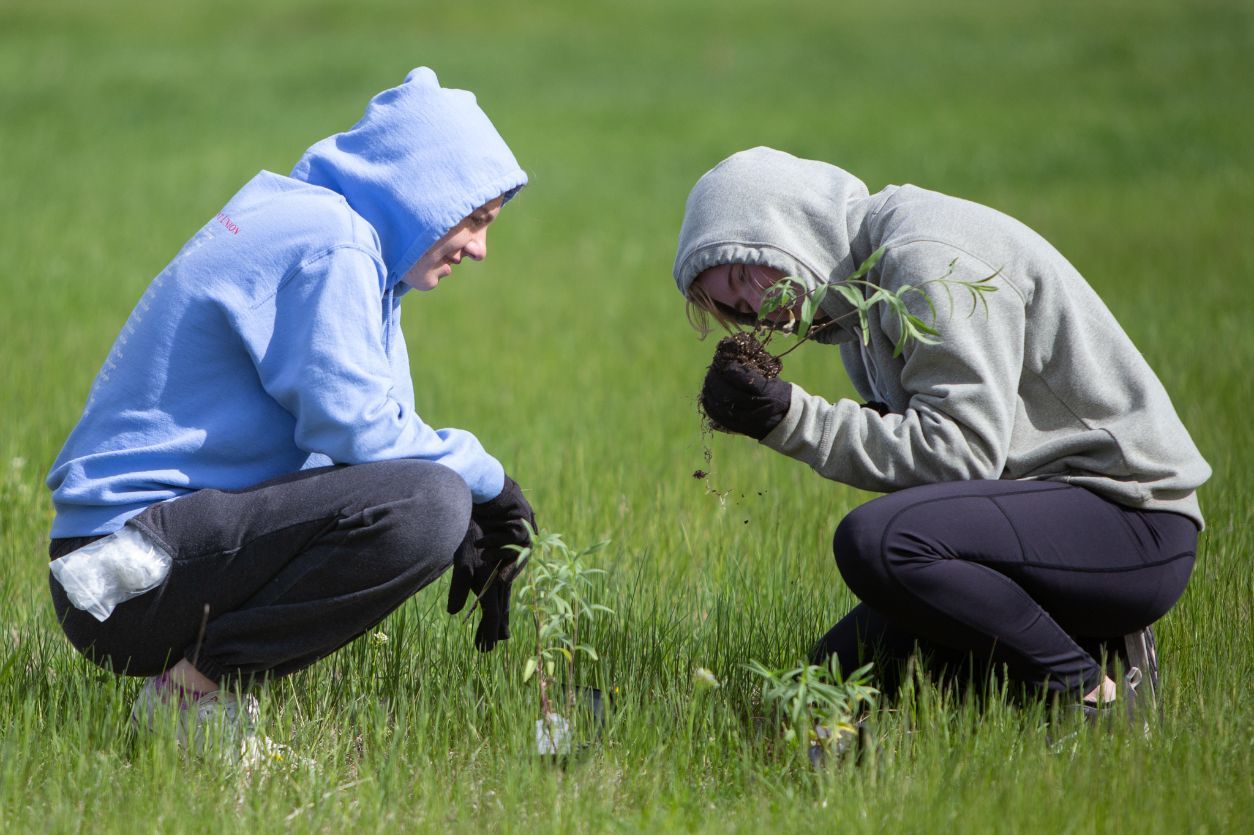
Volunteers planted more than 400 plants and roughly 18 different species across 15 acres in late May to maintain restored prairie land on the west-central edge of St. Cloud, Minn. About 60 volunteers of all ages participated.
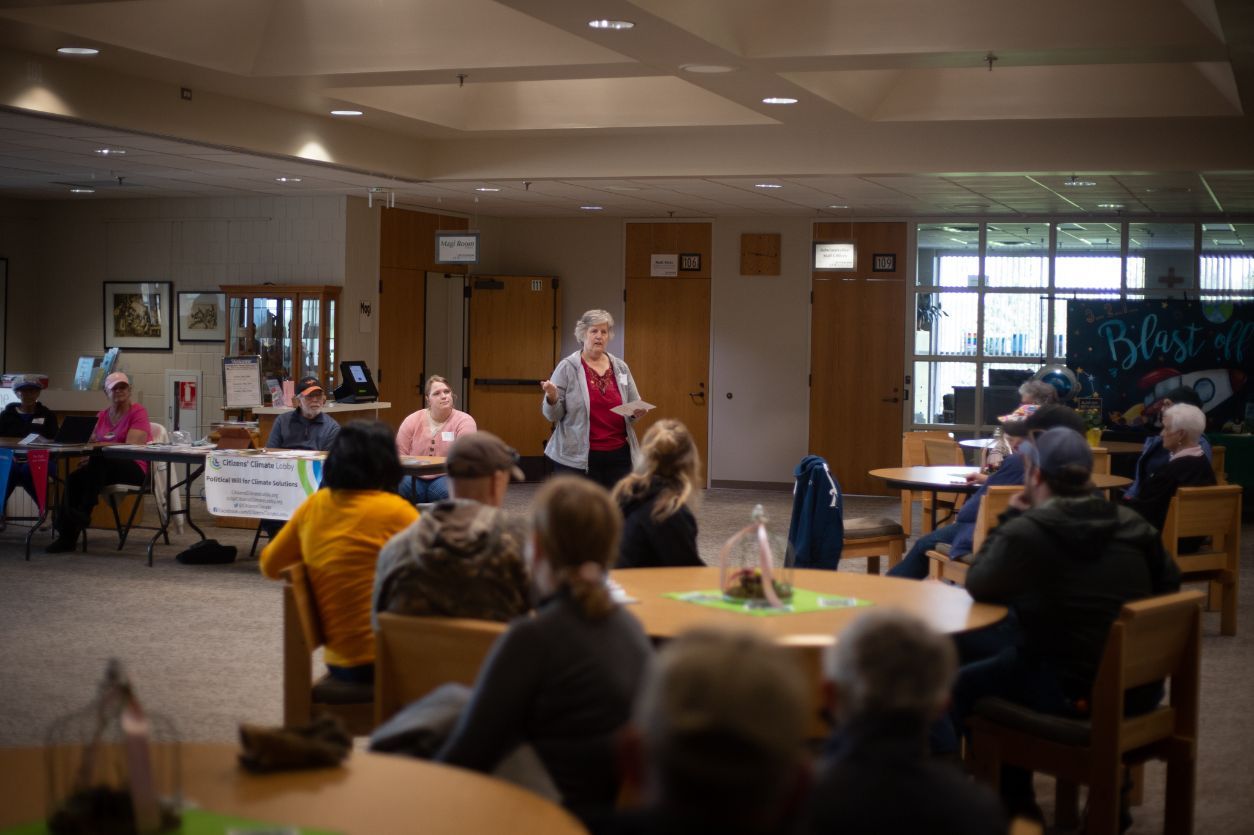
Ann Gustafson Larson (speaking) initiated the project at Bethlehem Lutheran Church, where the prairie was restored about 25 years ago. “We’re doing what we can,” she said. “I’m not a scientist or anything. I’m a lover of wildflowers.” She wanted to increase the diversity of plants there to support soil health, pollinators and overall biodiversity.
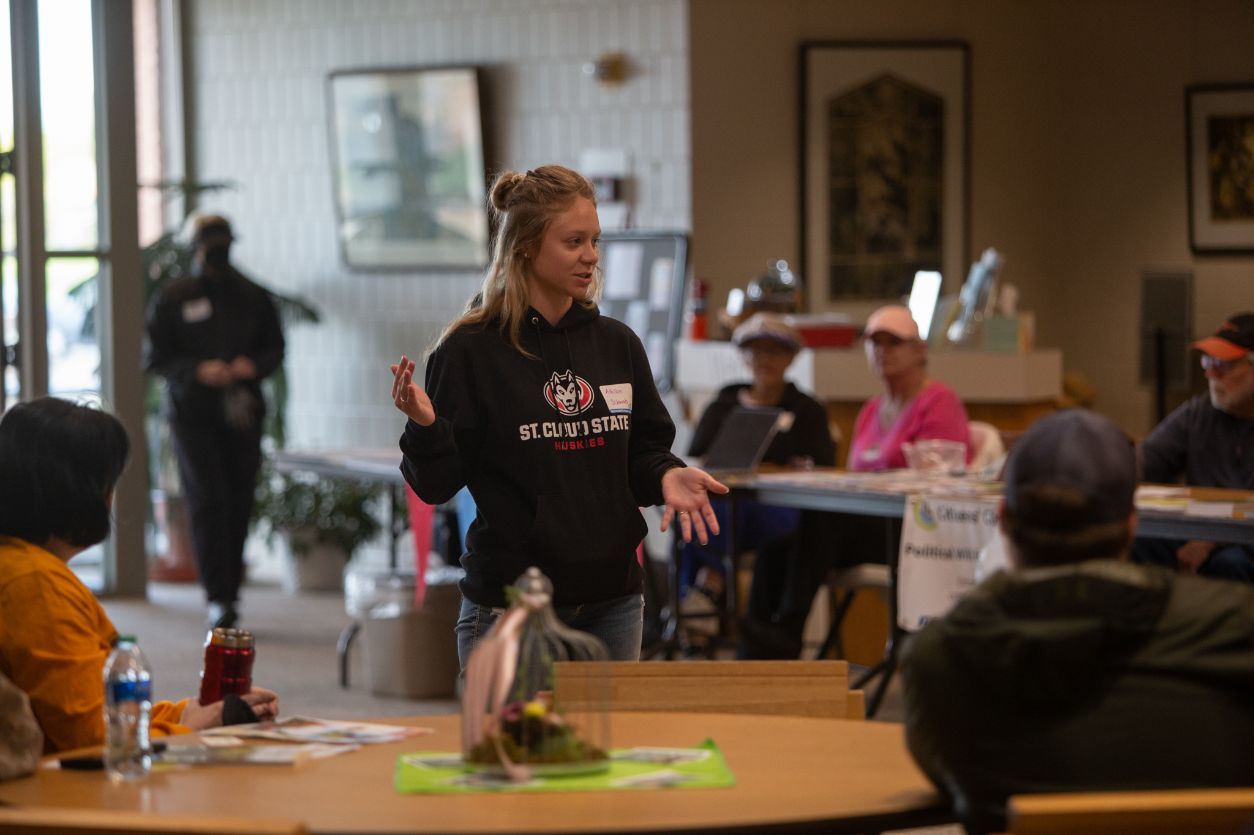
The project drew support from the city of St. Cloud, the Stearns County Soil and Water Conservation District and the Sauk River Watershed District. Photo: Allison Schwab, environmental compliance assistant with the city, speaks to the volunteers at Bethlehem Lutheran Church.
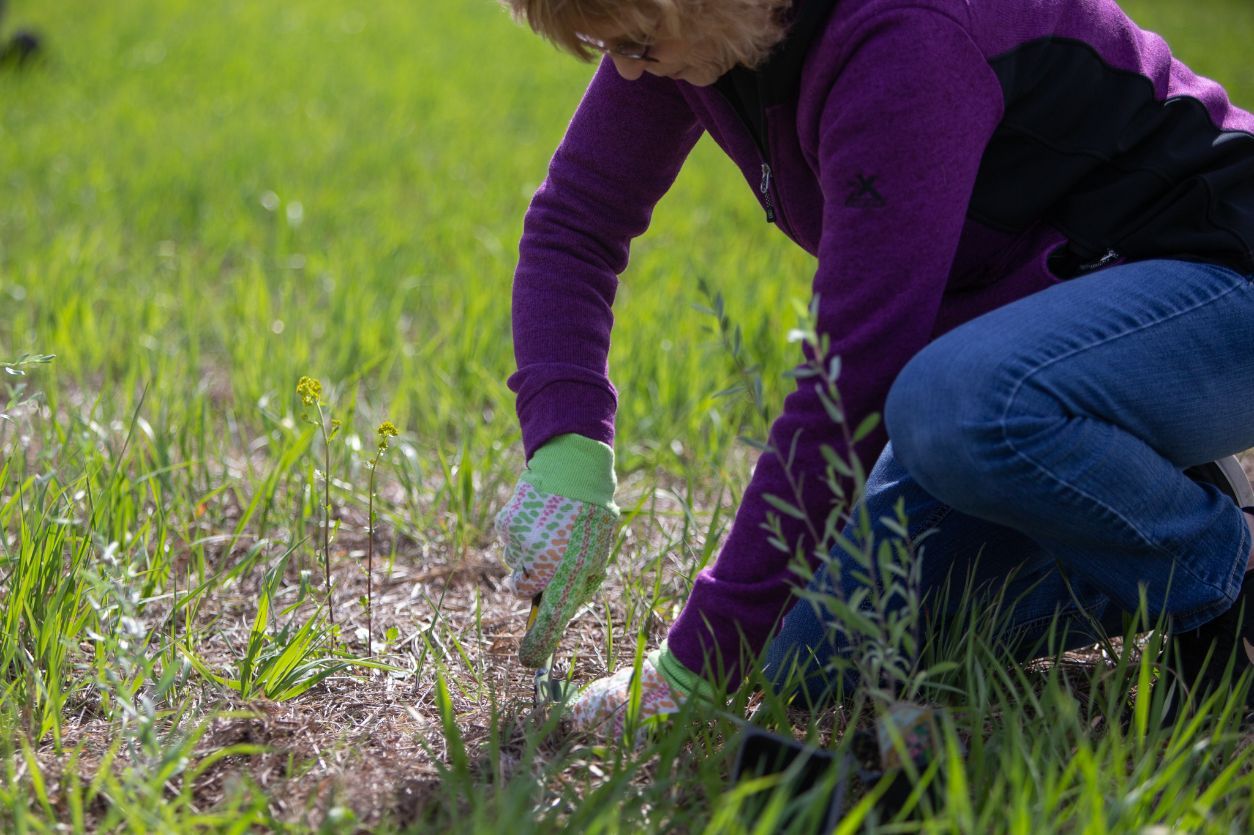
Minnesota once had 18 million acres of prairie land. Less than 2% of that remains, according to Ryan Rothstein, wildlife habitat specialist with the Stearns County Soil and Water Conservation District. And less than 1% of the state's savannah remains – an ecosystem with grasslands and sporadic trees.
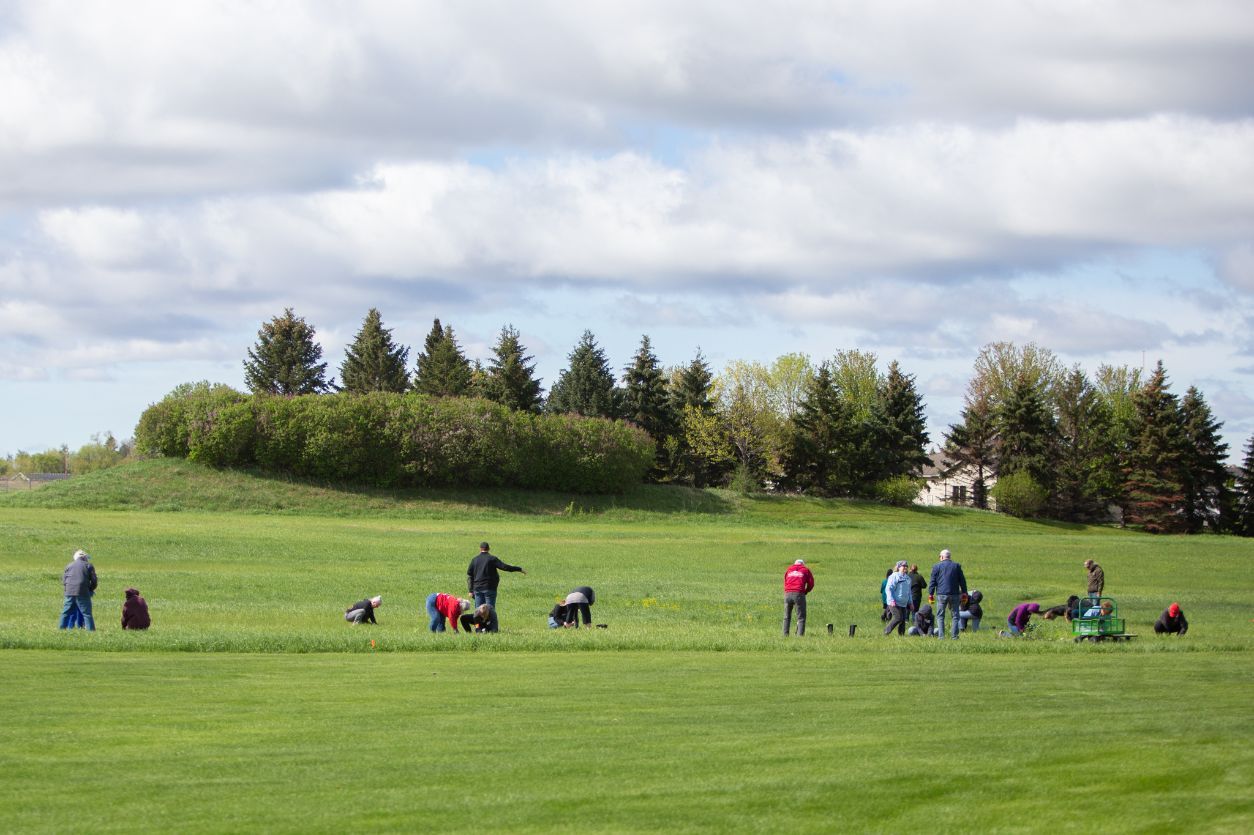
Indigenous groups managed the plains and savannas in central North America for millennia. In the last 200 years, much of the fertile prairie was converted to cropland. Restored and native prairies still benefit from human interventions, according to a 2021 article published in the journal Ecological Solutions and Evidence. Photo: Volunteers plant native species in the restored prairie at Bethlehem Lutheran Church in St. Cloud, Minn. on May 21, 2022.
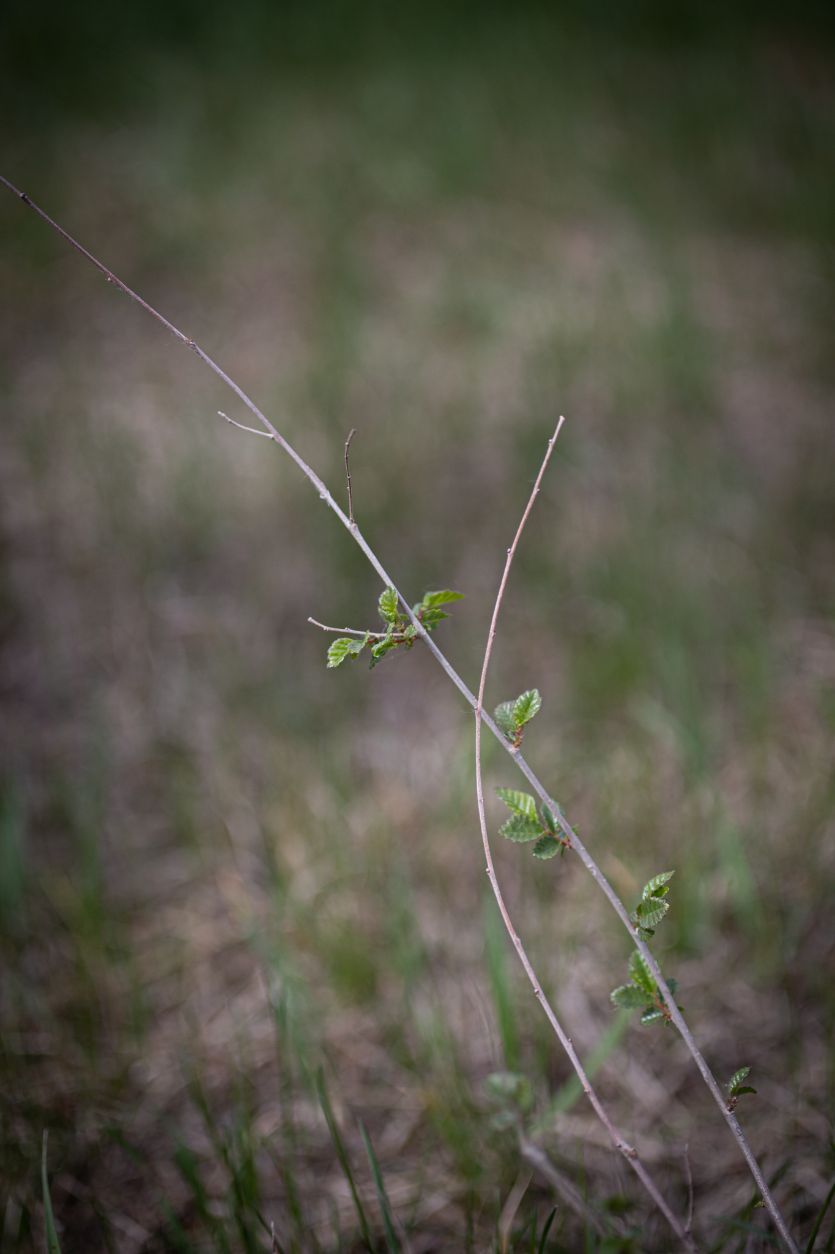
Grazing bison herds and controlled burns used to support native prairies. Those management practices have been replaced at Bethlehem Lutheran Church in St. Cloud with an annual round of mowing and other strategic interventions like the planting in May. Later this season, crews will return to pull invasive species like Siberian elm (shown here) and some thistle varieties.
Promotion from The Optimist

🤓 Sign up for the newsletter!
Did someone forward you this newsletter? Did you happen upon it online? Don't miss future issues. Next we'll explore positive work culture.
Join The Optimist's mailing list!
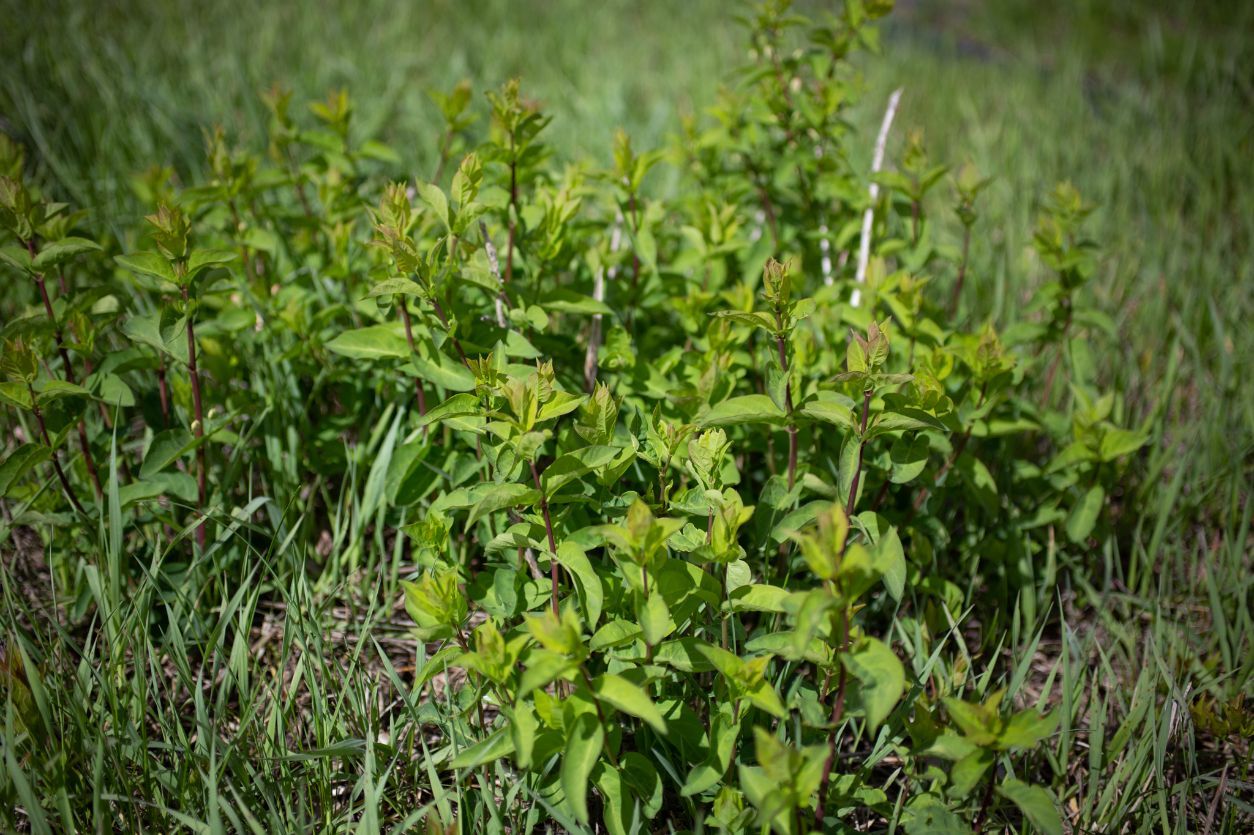
Bethlehem Lutheran Church cannot do a controlled burn because the land is surrounded by housing developments and Minnesota Highway 15, Rothstein said. And there are no grazing herbivores. “Mowing does not equal grazing,” he said. “That is probably one of their biggest challenges.” Photo: Invasive Tartarian honeysuckle in the restored prairie in St. Cloud, Minn. on May 21, 2022.
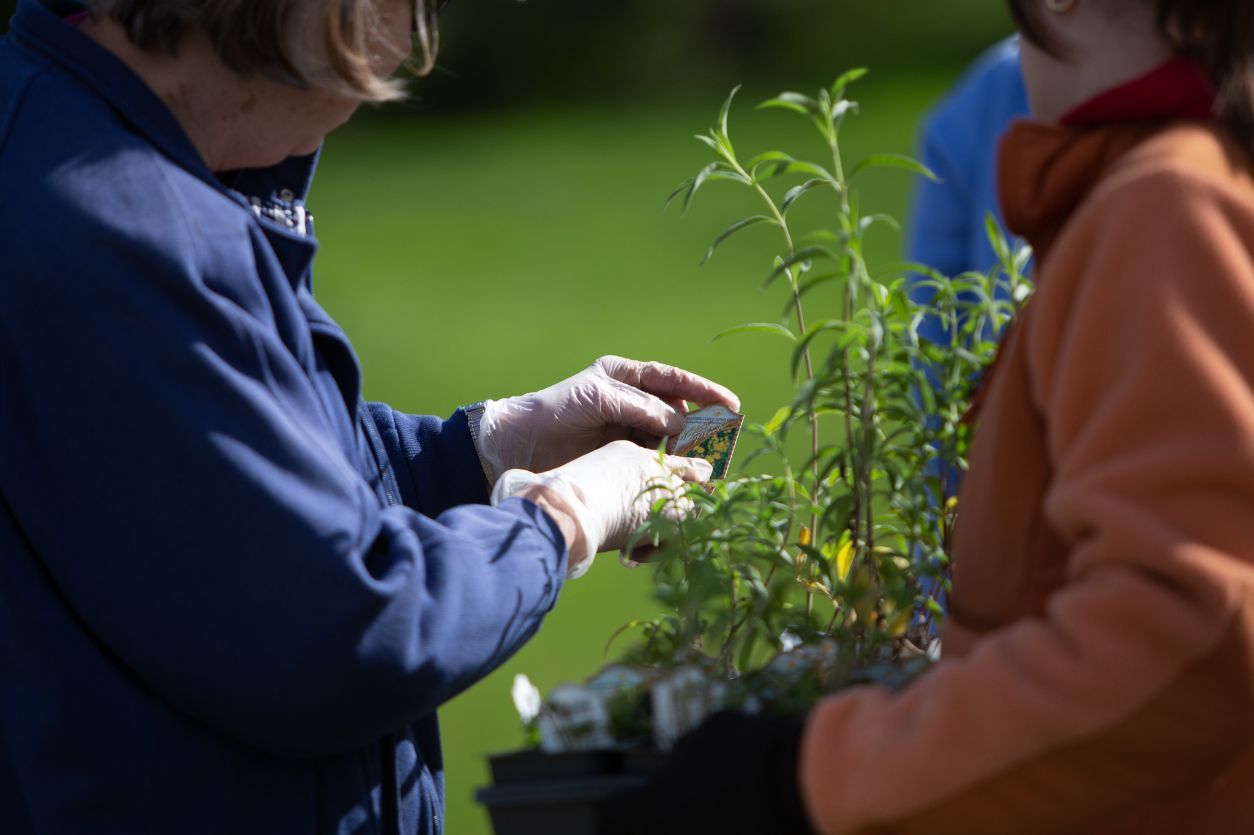
Funding is often another limitation in restoration projects, Rothstein said. If money were no object, groups could “throw the kitchen sink at it” and make a big impact all at once. Even if the site can’t be perfect, it can still help pollinators and song birds, he said. He typically measures success during annual walkthroughs, counting by species how many of the desired plants continue to grow.
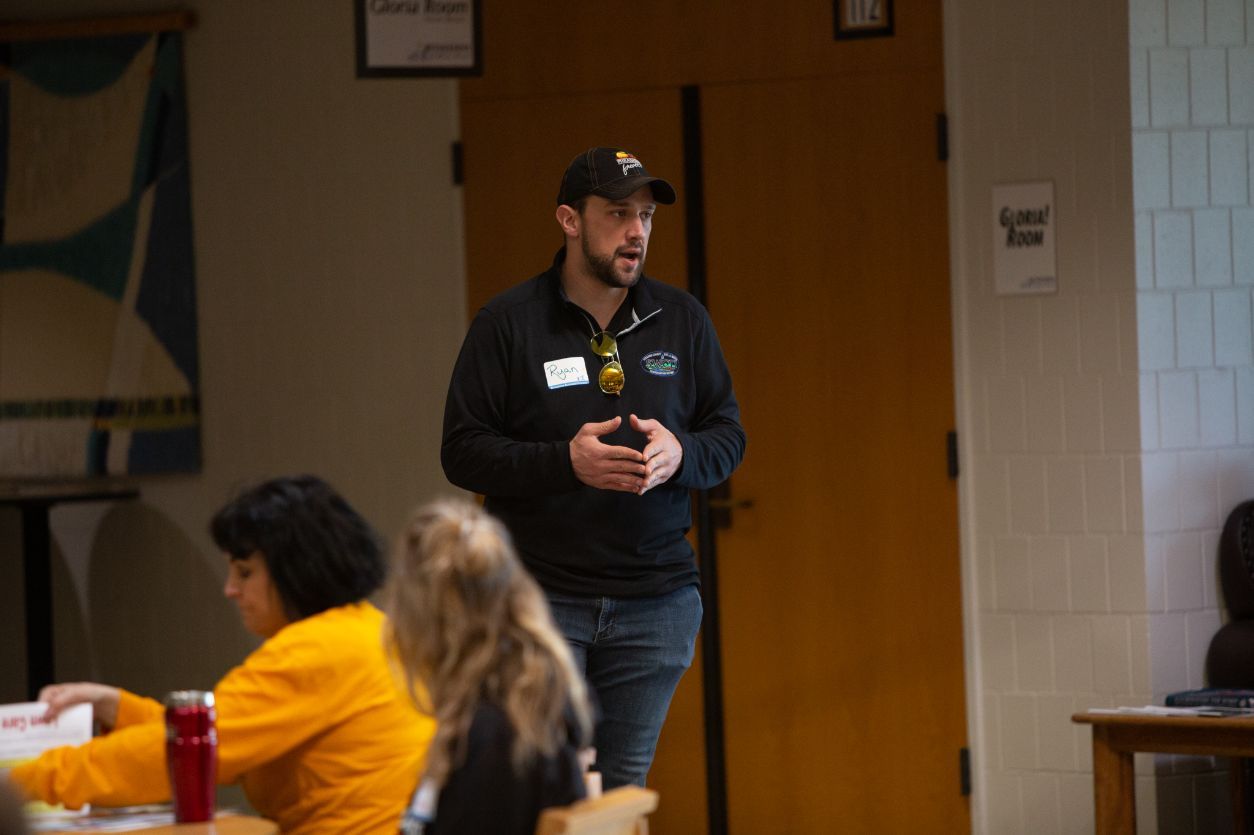
Rothstein (speaking here) wants to see more high quality habitats and protect existing habitats, despite the odds against them. “Every single day, when I go to work, we’re fighting a losing battle,” Rothstein said. “That doesn’t mean we shouldn’t try.” Restoration efforts are important for increasing the amount of habitat for sensitive species and increasing biodiversity.
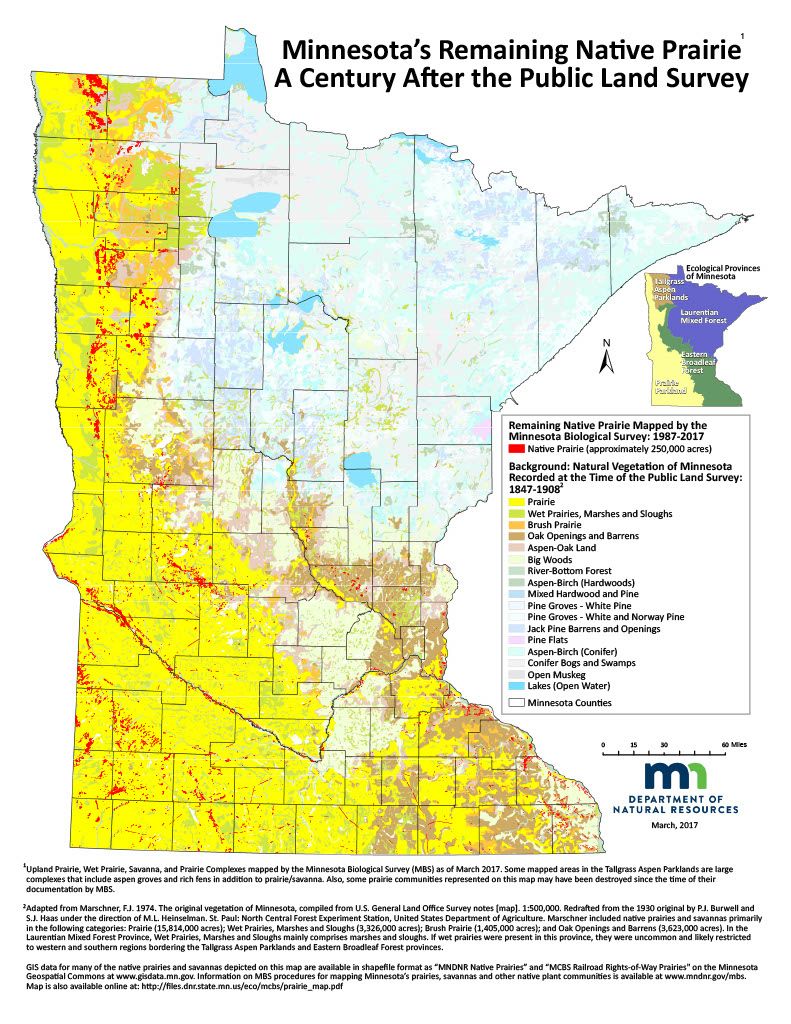
The 2018 Minnesota Prairie Conservation Plan recommends the state acquire more than 100,000 acres of native prairie and nearly 1 million acres of non-native grasslands and wetlands in order to protect them.“We have lost the vast, vast majority of it,” Rothstein said. “Trying to get some of that back is a goal of prairie restoration.” (Map courtesy of the Minnesota DNR)
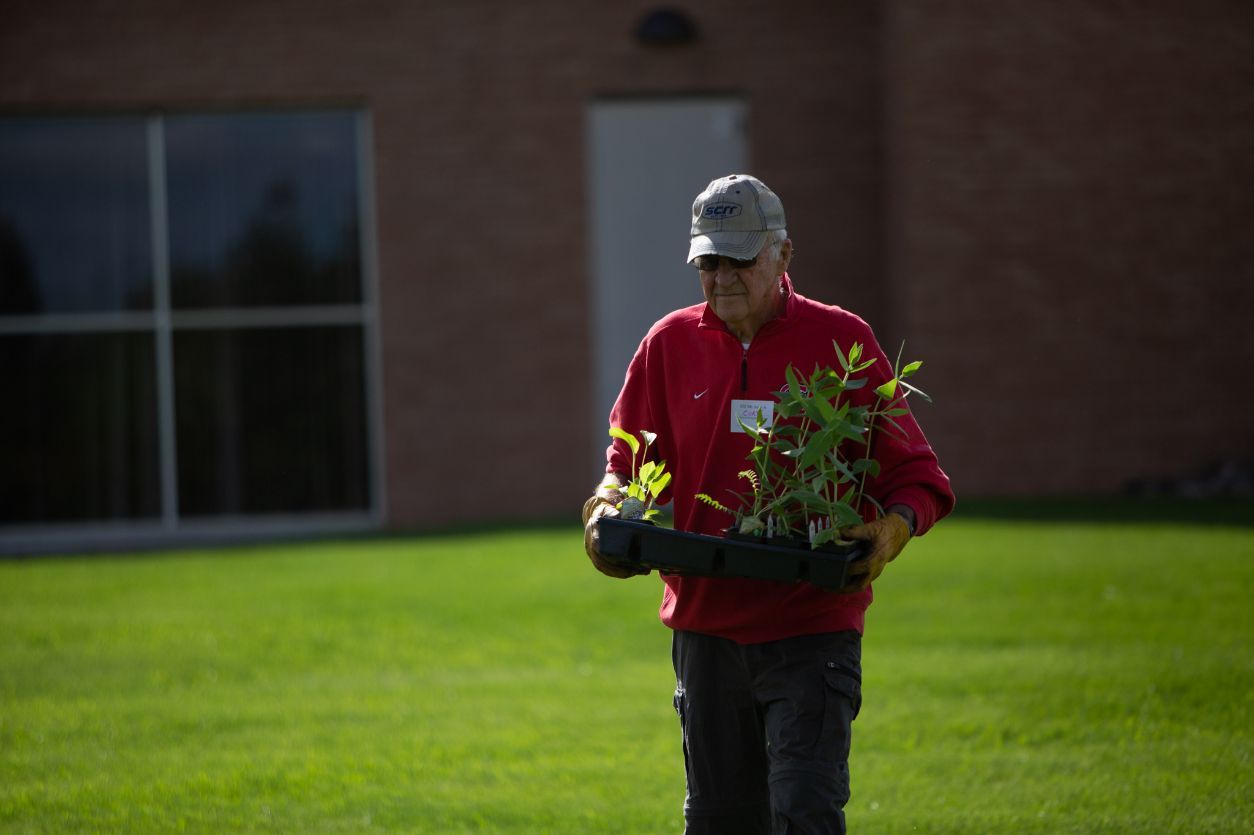
People interested in launching their own prairie restoration projects should start with a lot of research and planning, Rothstein said. Recognize your limits, the unique characteristics of the land and set realistic goals with help from existing resources like the Department of Natural Resources, nonprofit organizations and other conservation groups. It often takes a motivated person, like Ann Gustafson Larson, to make it happen, Rothstein said. Photo: A volunteer carries plants out to prairie land at Bethlehem Lutheran Church in St. Cloud, Minn. on May 21, 2022.
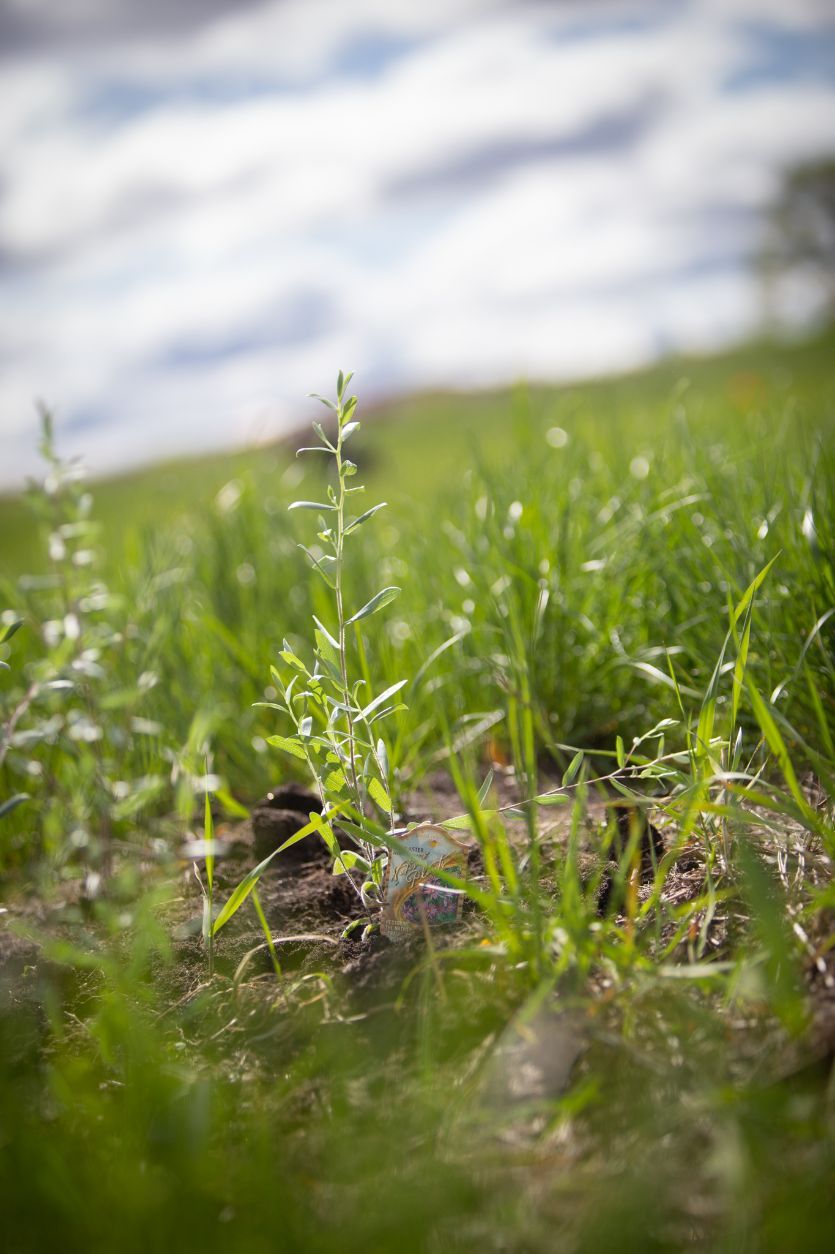
“The environmental issues of the day really concern me,” Gustafson Larson said. “I’m not going to be able to solve the climate crisis. But this is one area where I can do something.” Photo: A newly planted aster catches the sunlight in the prairie at Bethlehem Lutheran Church in St. Cloud, Minn. on May 21, 2022.
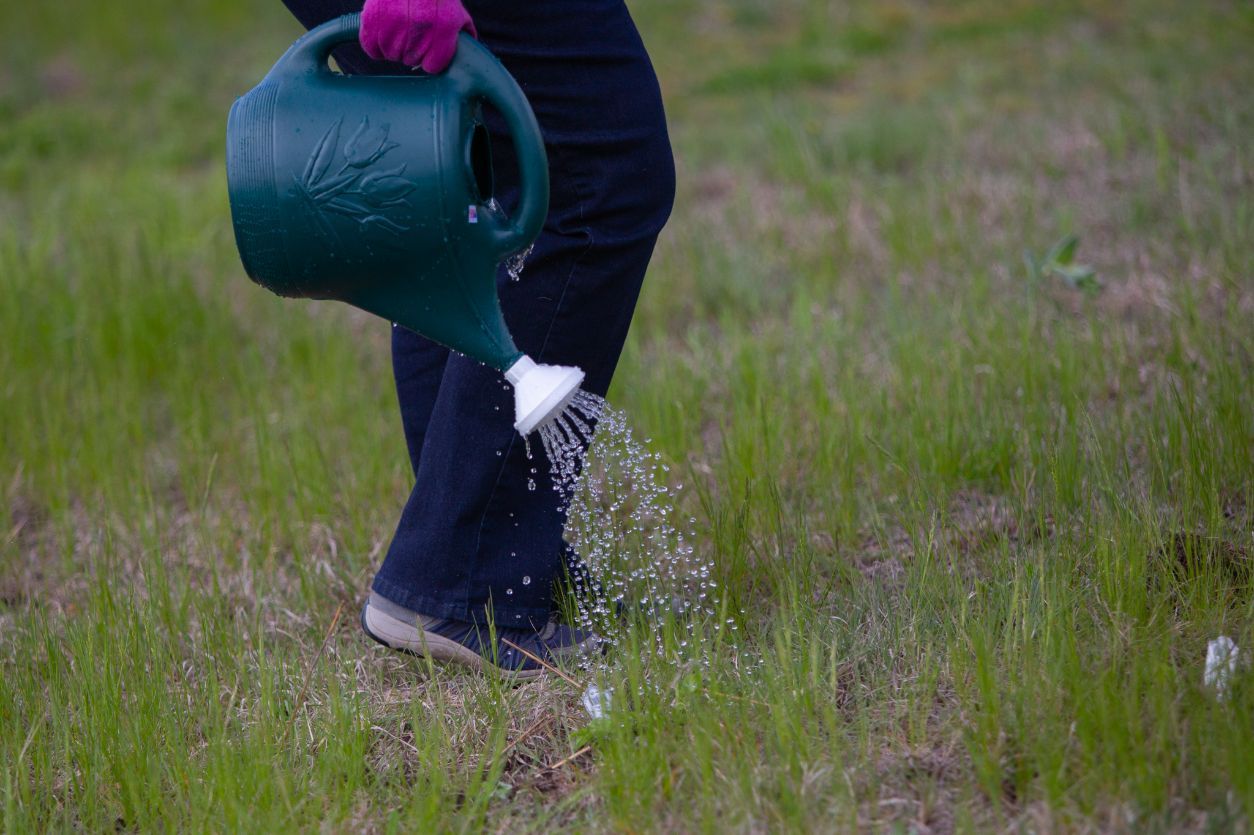
Volunteers will return to the Bethlehem Lutheran Church prairie to water the new plants this summer.
Promotion from The Optimist
Your ad could go here!
Advertise with The Optimist, and we can grow together! You can become a founding sponsor. Contact Nora for more info: nora@theoptimist.mn
Visit the store front (it's a work in progress!)

Story behind the story
Reporter Nora Hertel learned about the planting through the St. Cloud chapter of the Citizens' Climate Lobby, where Ann Gustafson Larson promoted the event and sought volunteers. Nora interviewed Ann before the event and interviewed Ryan Rothstein after the event. Both Ann and Ryan helped fact check the captions.
Photographer Shannon Rathmanner attended the prairie planting the morning of Saturday, May 21, 2022 and helped fact check the captions.
Nora referenced the following publications for background on the topic:
- Minnesota Prairie Conservation Plan, 2018
- Twenty years of tallgrass prairie restoration in northern Illinois, USA published October 2021 in Ecological Solutions and Evidence
- “When is a Prairie Restoration (Reconstruction) Project Successful?” published February 2011 on The Prairie Ecologist
- Indigenous Prosperity and American Conquest by Susan Sleeper-Smith, 2018
- “Indigenous People’s Land Management” chapter in Drawdown, 2017
Learn more about prairies here:
- The Prairie Pod – a podcast from the Minnesota DNR
- Grassland Groupies (They’re in Kansas)
- Explore the largest expanse of tallgrass prairie left in the world (It’s also in Kansas!)
- Check out the Fort Belknap Indian Community Grassland Restoration Partnership
- Info on the prairie grasslands biome from the Minnesota DNR
When can we see you again?
The Optimist will publish original stories each week starting in the fall. For the summer you can expect at least one original story coming mid-month and a few additional newsletters with updates on the organization.
It will take the summer to set up our advertising system and fundraising plans. We're laying groundwork for a series of community conversations, and we're out there reporting great stories. Next month The Optimist will have a piece on work culture with illustrations from a fabulous artist in greater Minnesota.
A few bonus photos from Shannon
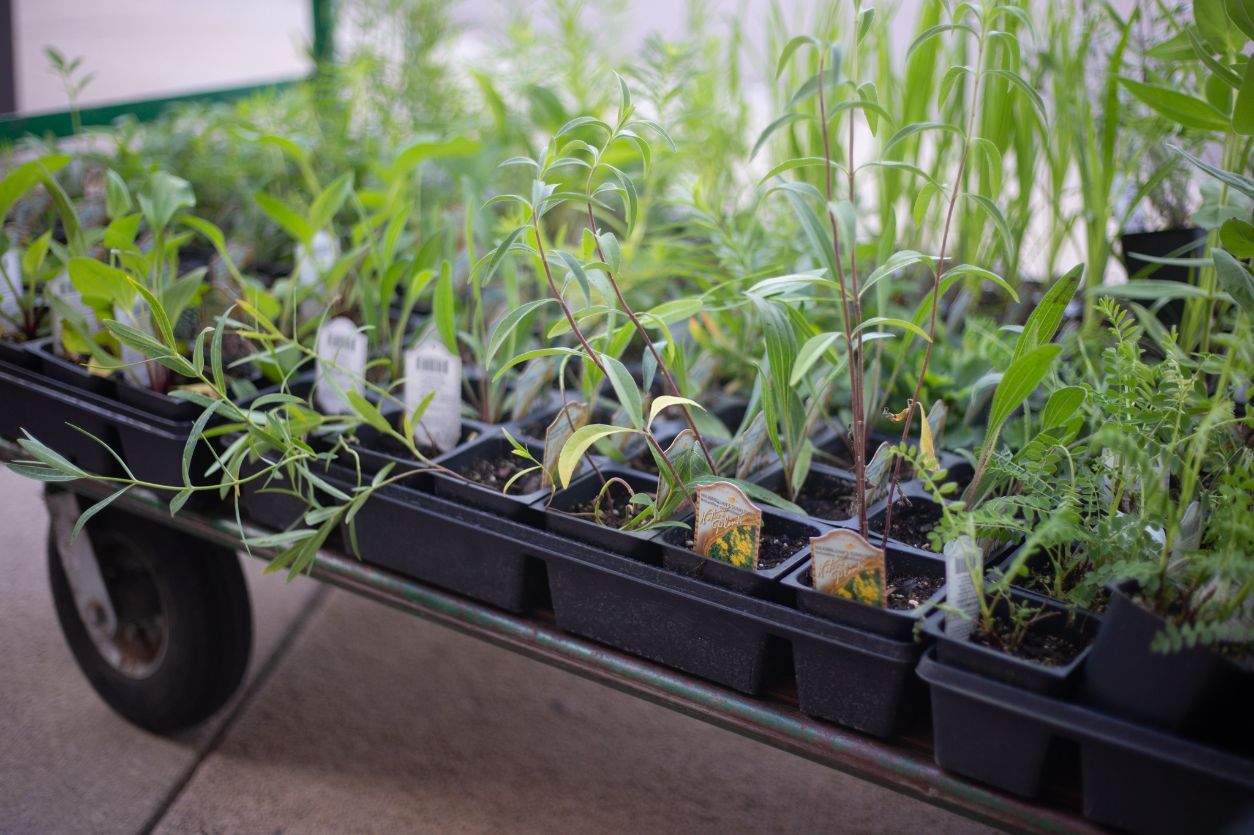
Sunflowers were among roughly 18 species planted in the prairie at Bethlehem Lutheran Church in St. Cloud, Minn. on May 21, 2022.
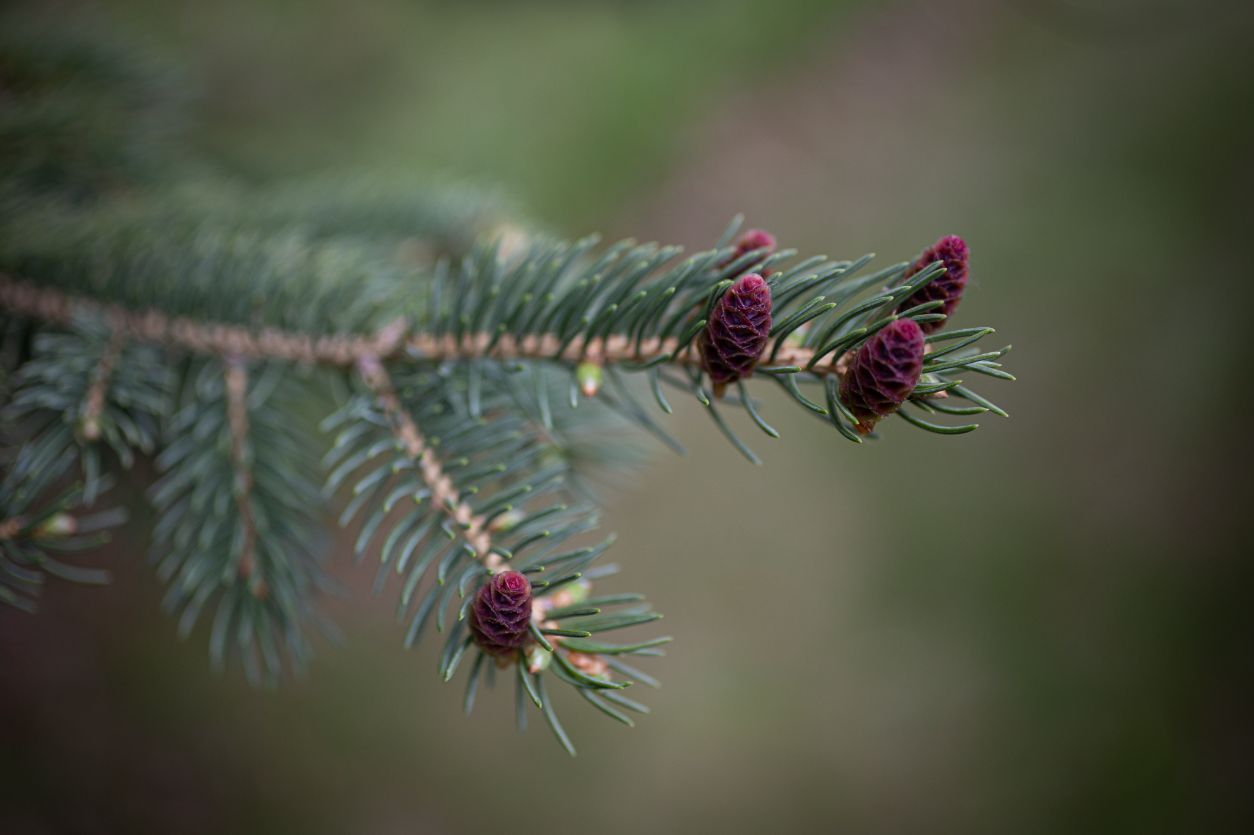
A coniferous tree lines the path to the prairie at Bethlehem Lutheran Church in St. Cloud, Minn. on May 21, 2022.
Don't forget our quick survey!
Thank you!
♥ Nora
Our mailing address:
P.O. Box 298
St. Michael, Minnesota 55376
Copyright © 2022 The Optimist, All rights reserved.


